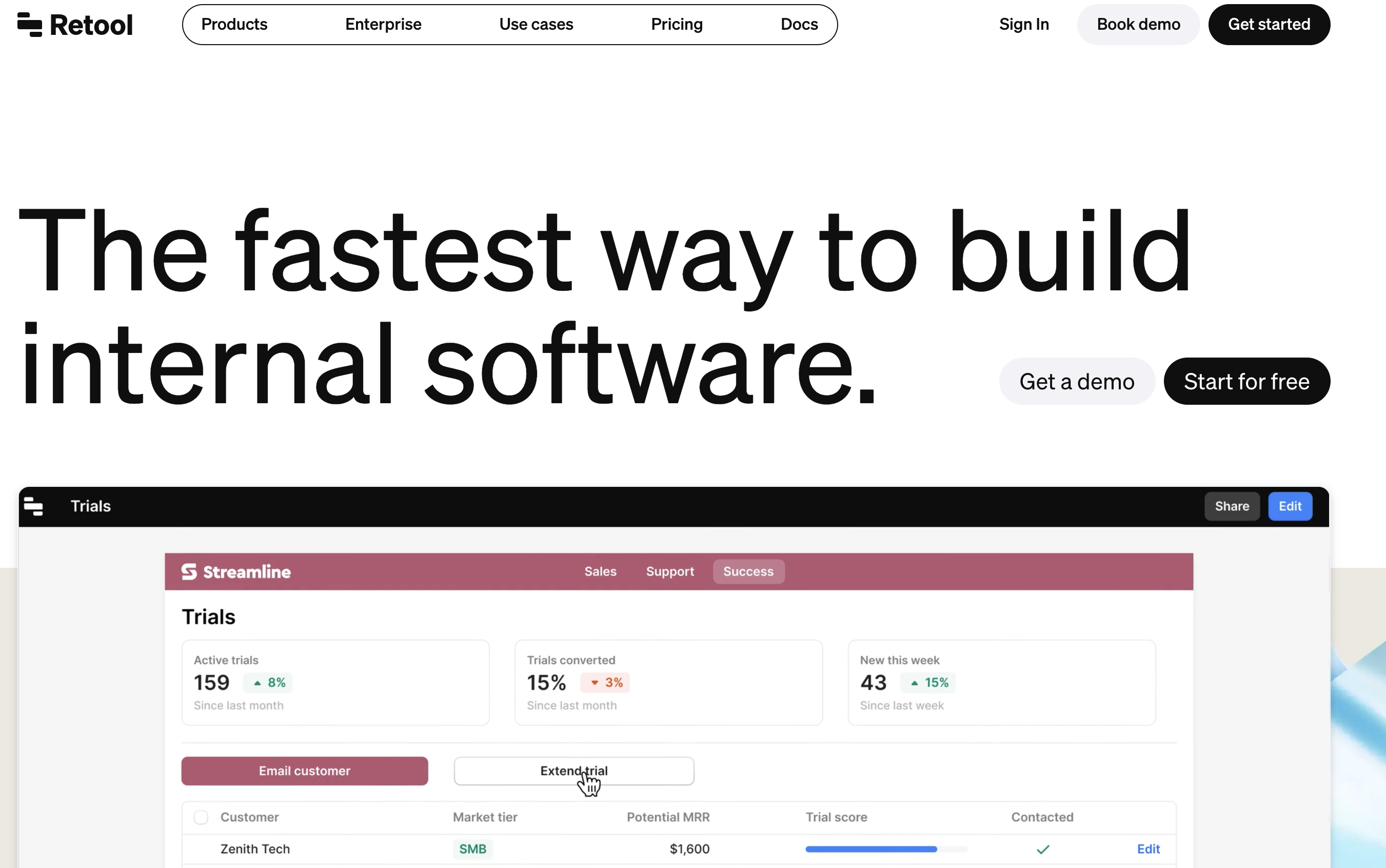Service development requires a lot of time and resources. However, here’s a story of a team that successfully completed their first release with minimal cost and resources in just three months. Comprising a full-stack developer and a part-time UX designer, the team developed a mobile nutrition management service. Today, we’ll share their secrets to success.

1. Small Team, Big Results
Like many companies, IT services are not the main product of this company. They needed to gradually build IT capabilities to differentiate and strengthen their existing business. Therefore, it was crucial to quickly validate the service’s role with minimal staff. Initially, they considered outsourcing to Vietnam but decided to work with an in-house developer to maintain flexibility during the undefined product concept stage.
2. Backend with Supabase
Building and maintaining a backend infrastructure consumes significant resources. To address this, they chose Supabase. Supabase is a PostgreSQL-based backend service that supports Auth and Storage. It is free for up to two projects and costs around $25 per month for more extensive usage.

With Supabase, you can quickly and flexibly build services without backend development.
3. App Development with Flutter
The app was developed using Flutter, allowing deployment on iOS, Android, and Web. They considered React Native but opted for Flutter due to its web support. The web version can be deployed for free via GitHub, with a monthly cost of around $4. They found Flutter to be a stable long-term solution due to its frequent updates.
Flutter is a powerful tool that supports multiple platforms with a single codebase.
4. Backend Office with Retool
Retool was used for internal product management, consultation management, report, and comment monitoring. Although it’s a no-code tool, it requires scripting, so there’s a learning curve. However, it is much faster than developing from scratch. Retool can be used for free, but they paid around $10 per month to separate staging and production environments.

Retool allows you to quickly and easily implement complex backend office functions.
5. Minimal Cost, Maximum Efficiency
solamate was able to run the service for less than $50 per month using only Supabase, Flutter, and Retool. If traffic increases and slows down, they can upgrade capacity then. This flexible development ecosystem allowed them to operate the service with minimal cost.
Conclusion
This experience can be highly beneficial for small teams starting service development. You can develop a successful service with minimal cost and resources. Give it a try and prove that a small team can achieve big results.
